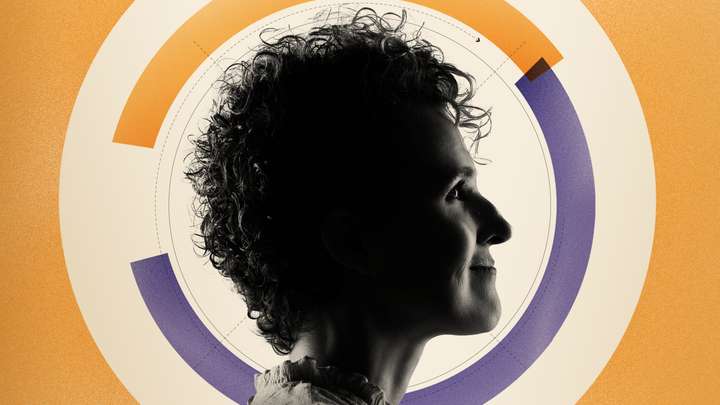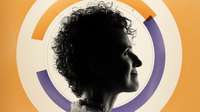
Child Well-Being
Top of Mind with Julie Rose - Season 1, Episode 204 , Segment 2
Homeless Youth, Healthy Relationships, Changing Labor Laws
Episode: Homeless Youth, Healthy Relationships, Changing Labor Laws
- Jan 4, 2016 10:00 pm
- 11:38 mins
Guest: Anne Gadermann, PhD, Assistant Professor with the Human Early Learning Partnership at University of British Columbia’s School of Population and Public Health Parents worry: Are their kids are getting enough green vegetables? Are they making enough friends? Do they have enough opportunities? A study published in the Journal of Happiness suggests the secret to a child’s sense of well-being is pretty straightforward and it doesn’t have much to do with money or meals.









